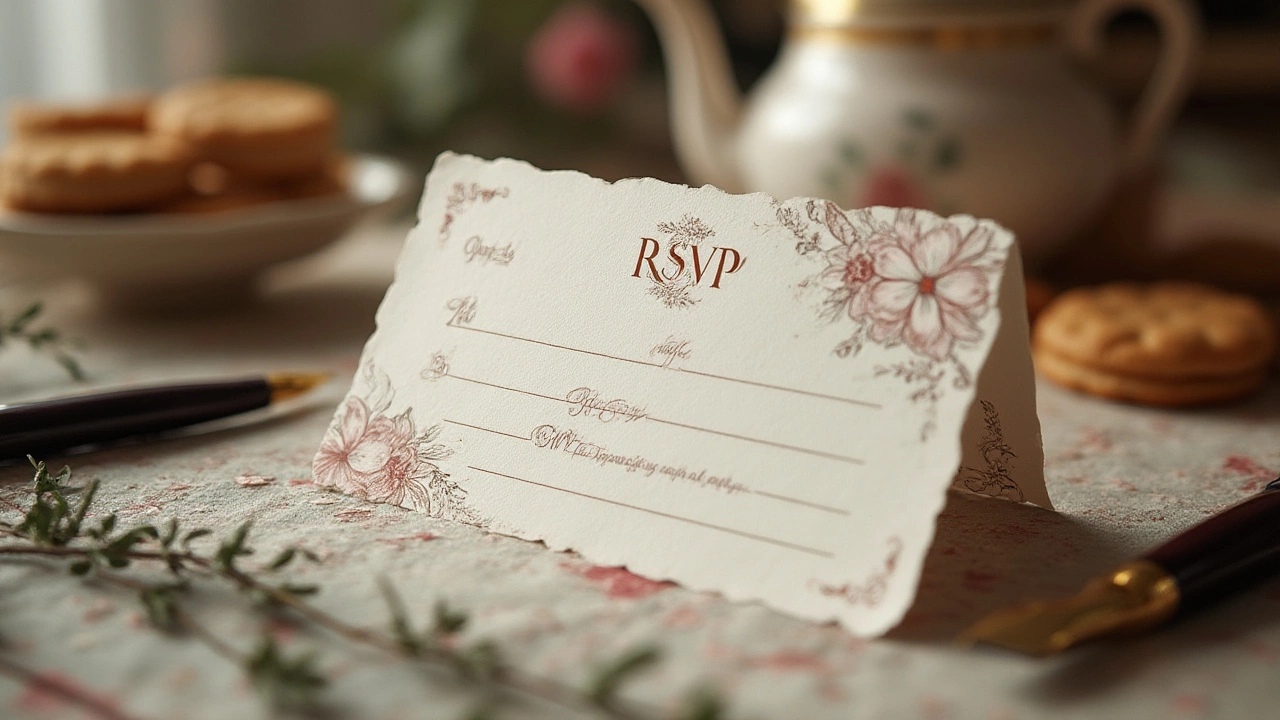Invitation Card Tips: How to Make Your Wedding Invites Perfect
Planning a wedding means a lot of details, and the invitation is often the first thing your guests see. A well‑done invite sets the tone, tells people what they need to know, and gets them excited. Below are the most useful tips you can apply right now, no matter if you’re ordering online or printing at home.
What to Include on Every Invite
First, make a checklist. The basics are:
- Names of the couple – keep it the way you want guests to address you.
- Date and time – include day of the week, month, date and start time.
- Venue name and address – add a short map link or directions on a separate card if the place is hard to find.
- Dress code – casual, semi‑formal, black tie, etc. A one‑line note avoids confusion.
- RSVP details – deadline, method (email, website, phone), and any extra info like meal choice.
- Wedding website – if you have one, include the URL for travel tips, registry and schedule.
Anything beyond that is optional. Too much text clutters the design and can overwhelm guests.
Design, Wording and Timing
Keep the design simple and true to your wedding theme. If you love a rustic vibe, choose kraft paper or a light floral border. For a modern look, go with clean lines and a matte finish. Whatever you pick, make sure the font is easy to read – script for names only, and a plain serif or sans‑serif for the details.
When it comes to wording, write like you’d speak to a friend. Example:
Emma & James invite you to celebrate their marriage on Saturday, 12 July 2025 at 4 pm. The ceremony will be at Rose Garden Hall, 45 Willow Road. Reception follows. Dress code: semi‑formal.
Please RSVP by 1 June at [email protected] or visit www.emmajameswedding.com.
This format is clear, polite, and covers all the essentials. Avoid long paragraphs and keep each piece of information on its own line.
Timing matters too. Send save‑the‑dates 8–10 months before the wedding if you have out‑of‑town guests. The formal invitations should go out 6–8 weeks ahead, giving people enough time to book travel and reply. If you’re planning a destination wedding, add an extra two weeks for visas or special arrangements.
Finally, think about postage. Standard wedding invites usually weigh between 30–40 g. If you add extra cards (like RSVP or directions), the weight goes up and you’ll need a larger stamp. A quick weigh‑in at home or the post office saves surprise costs.
Follow these invitation card tips, and you’ll avoid common headaches like missed RSVPs, confused guests, or last‑minute design changes. Your invite will look polished, convey all the info, and get everyone counting down the days to your celebration.

- Jul, 11 2025
- Comments 0